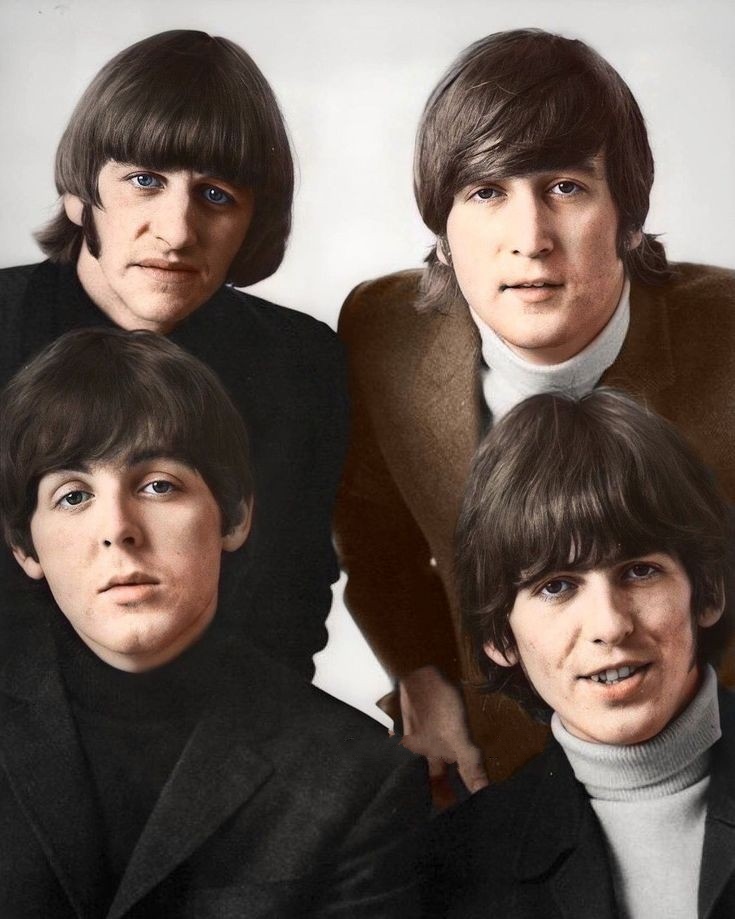By the late 1960s, cracks were beginning to form in the biggest band in the world. The Beatles had spent the first half of the decade reinventing rock and roll, experimenting with recording techniques, and spreading Beatlemania across the globe, but fame and fortune took its toll as the years went by. The Fab Four would spend the latter part of the decade writing in separate rooms, pushing through creative differences and internal issues.
By the time the band were recording their self-titled record, also known as the White Album, their growing tensions were spilling into the studio. Ringo Starr would even disappear to Sardinia to escape the sessions, feeling like an outsider in the band. As the cracks started to show during recording, they also began to show in the material those sessions produced.
One example of this was the puzzling ‘Glass Onion’, which would find its place early into the tracklisting of The Beatles. With seemingly nonsensical lyrics upheld by light-hearted, psych-infused instrumentals, ‘Glass Onion’ may seem like a shrugged, self-referential track on the surface, but it also provided a glimpse into the internal issues of the Fab Four.
The track features playful instrumentation, including a string section and the occasional toot from a recorder, while songwriter John Lennon takes on the lead vocal. He makes references to previous Beatles songs as he evokes strawberry fields and walruses, in a string of words that is almost impossible to follow. But beneath the nonsense of it all lies an ode to his ex-songwriting partner and a growing tiredness with The Beatles.
“That’s me, just doing a throwaway song,” Lennon said of the track to David Sheff in All We Are Saying, “à la ‘Walrus’, à la everything I’ve ever written.” He went on to suggest that his reference to the walrus was an attempt to confuse listeners (as well as a thank you to Paul McCartney), stating, “It could have been ‘the fox terrier is Paul,’ you know. I mean, it’s just a bit of poetry. It was just thrown in like that.”
Between an ode to his fractured relationship with McCartney and a collection of self-parodying lyrics, ‘Glass Onion’ seemed to provide a playful look at the turbulence behind the scenes. It was the product of Lennon’s growing artistic preference for working with Yoko Ono, a final offering to his songwriting partner for so many years, and a tired, “throwaway” work of self-referential.
Just as Lennon was gearing up for his departure from the Fab Four through song, McCartney was doing the same, penning his own composition inspired by the inevitable end of the Beatles. The White Album would begin to expose the cracks forming behind the scenes for the band, not only through their chaotic recording sessions but through the music, too.
Despite this, the band would push through their internal differences to create three more albums before the end of the decade, culminating in the fittingly titled Let It Be in 1970. By this time, the break-up that had been bubbling beneath the nonsensical lyrics of ‘Glass Onion’ had already come to fruition. Lennon’s creative frustrations with the band had become too much, and he had decided upon his departure a year earlier. The Beatles would break up in the spring of 1970. The glass onion had shattered.



